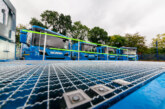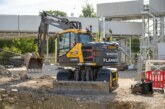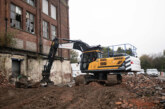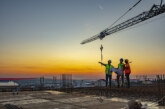
Construction Plant News Editor, Lee Jones talks to Garic Chief Executive Officer, Mark Albiston about the latest developments in sustainable site welfare
If you wanted to identify a class of construction equipment that took on a whole new level of importance during the pandemic then welfare would certainly be one. Throughout the crisis, Garic continued to service the nation’s vital infrastructure works, but also established a crucial presence at the likes of Covid-19 test centres and is now benefitting from the post-lockdown boost in activity.
“Over 40 per cent of our customer base is infrastructure orientated, including the rail sector through Network Rail or tier 1 contractors,” explains Mark Albiston, Garic Chief Executive Officer. “We’re supplying Hinckley Point, HS2, as well as National Highways, for instance, and what all of those clients have in common is an increasing appetite for sustainable solutions, and that’s firmly established as the direction of travel in our product development.”
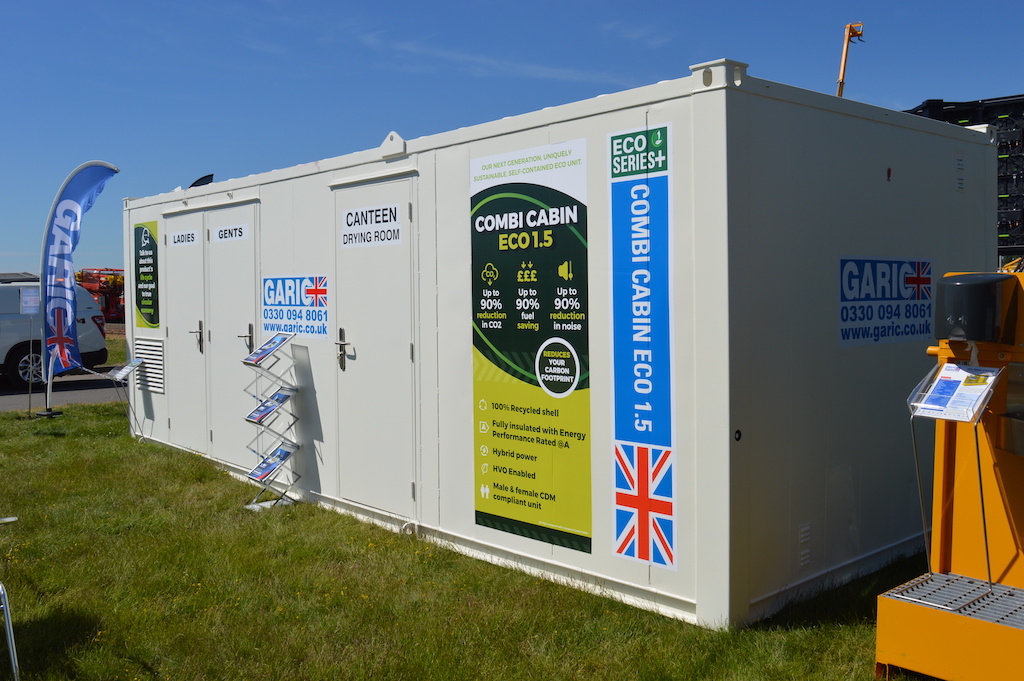
Indeed, Garic has been on a sustainable journey for some years, with solar units already an established part of its fleet. 2015 saw the introduction of the Eco Plus range, for instance, which is entirely powered by solar panels, whilst a solar loo has been a part of its portfolio since as far back as 2002.
Following in that tradition, and one of the most recent additions to the family of products, is the Combi Cabin Eco 1.5, a solution that equally addresses the requirements of the circular economy. Constructed from a recycled and fully insulated shell, solar panels are its main source of power, with support from a hybrid generator when required. In recent trials, in fact, that generator was only operational for a maximum of 5 per cent of the time, providing significant fuel and CO2 savings as a result. Fully CDM-compliant, and with male and female toilets, the Combi Cabin Eco 1.5 can accommodate ten, but that number can be extended to 25 when linked with further units – without the need for additional generators to power the added units.
It’s a theme that continues throughout an extensive range, with a solar powered Combi Cabin providing accommodation, and a hybrid option in the fleet of welfare vans. The vehicle features an advanced Euro VI Fiat Ducato powertrain, but the welfare facilities intelligently make use of energy that it is harnessed from the engine when the van is travelling to and from site, which is then supplemented by solar panels on the roof, thereby accruing savings in fuel and CO2. The unit’s power management system will then draw upon the diesel engine in the event of any shortfall, but only for the amount of time required to keep all systems operational. In fact, this van is the lowest carbon footprint van on the market and you could see around 200kg of carbon savings when using this product in just a week.
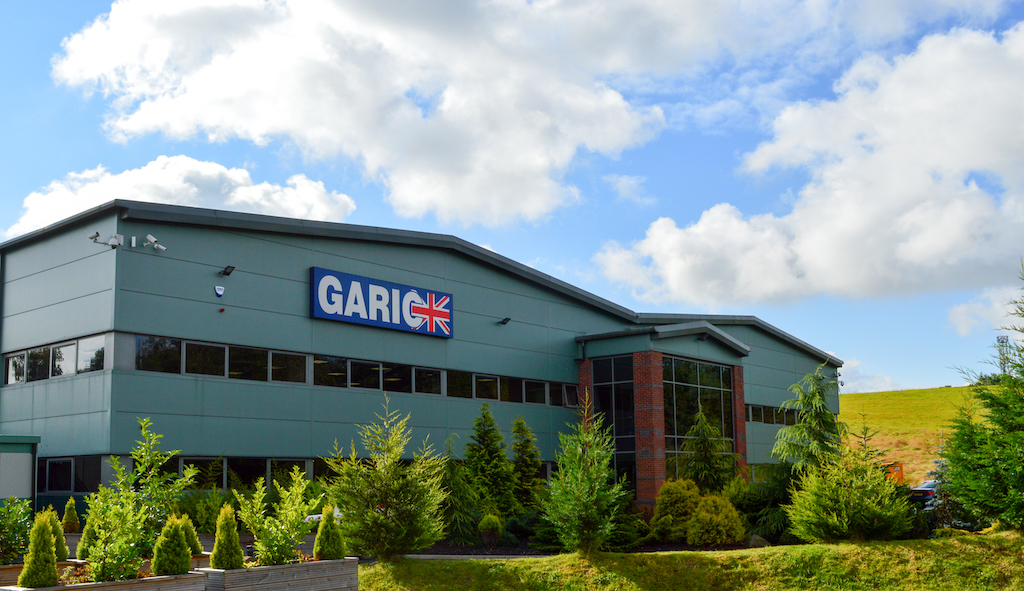
“Clients are themselves increasingly aligning behind a sustainable agenda,” continues Mark, “and buying practices are now taking into account whole life costs, as well as carbon output. If, for instance, a static cabin is run on solar for a whole week it could save anywhere between £500-£700 depending on the shift pattern. Similarly, on a standard 6-day, 10-hour rail sector working pattern a prodigious saving of up to 1.2tonnes of CO2 a week can be achieved, whilst noise levels are equally a key benefit of solar and hybrid models. Moreover, in order to demonstrate their environmental credentials – and ensure they are in step with their clients ambitions – many contractors are now promoting their use of eco friendly welfare at the tender stage. It’s a position that policy statements like Network Rail’s Environmental Sustainability Strategy now demand, and Garic is helping to deliver.”
Garic works very closely with HSE on sector regulations and key guidance documents. Historically, these have been prescriptions that have percolated very quickly through the tier 1 contractor level to their sub-contractors but have stalled with some of the smaller contractors. Increasingly, however, by valuing its workforce, the provision of proper facilities is seen as a productivity gain.
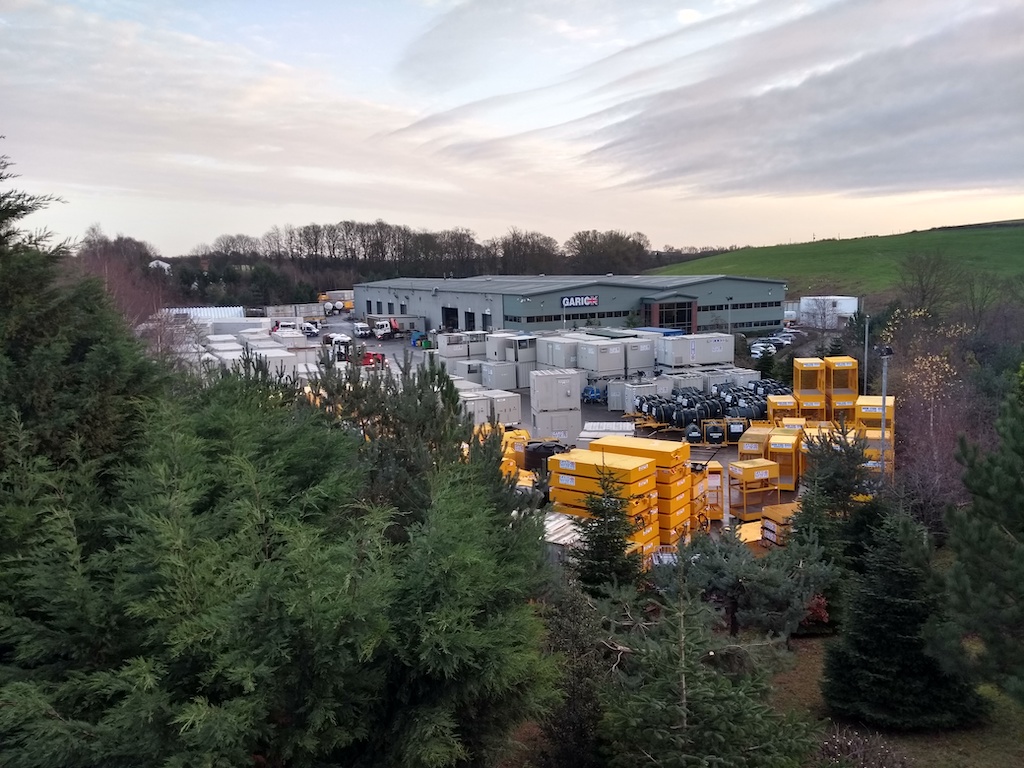
Decarbonising construction sites is now an avowed ambition at every level of the supply chain and one way to facilitate that change is through clean diesel powertrains and lower carbon fuels, such as Hydro-treated Vegetable Oil (HVO). Indeed, every new machine on the Garic fleet is now at least Stage V, which makes them more than capable of being run on that alternative low carbon fuel, whilst they are also tested on HVO to guarantee their reliability in operation. With the changes to red diesel due to come into force in April 2022, demand for such CO2 saving solutions will only increase.
In addition, units that can fulfil multiple functions, such as a male and female toilet, can cut the amount of equipment needed on site, and the associated carbon miles in transportation. Garic will soon be launching a new product – the Armadillo XL+2 Halo – which is a hybrid solar powered mobile unit with an integrated tower light, which is effectively a two-in-one unit. Modern welfare units now feature rich installations, in a well-built and aesthetically pleasing package. Low voltage lighting and charging points for phones or external charging for power tools are no longer an optional extra but prerequisites, as are the aforementioned two toilets, and services such as drinkable water. At the same time, sustainability is at the top of every contractor’s agenda, and the Garic range is at the forefront of those trends.




